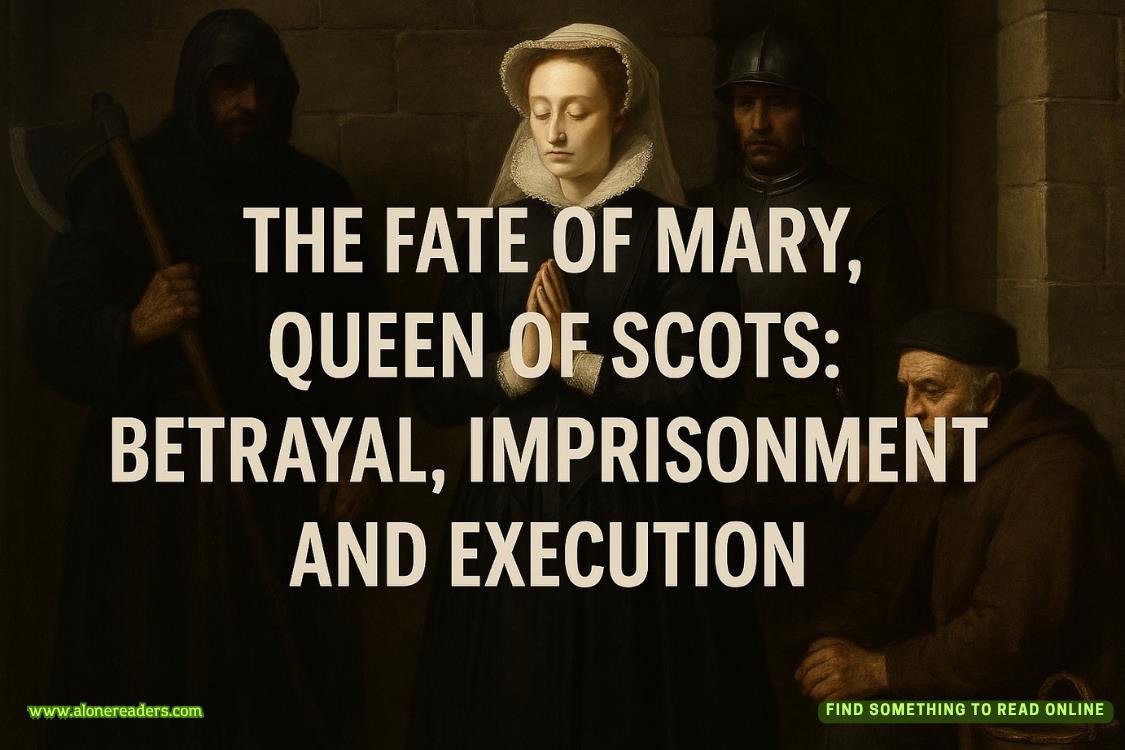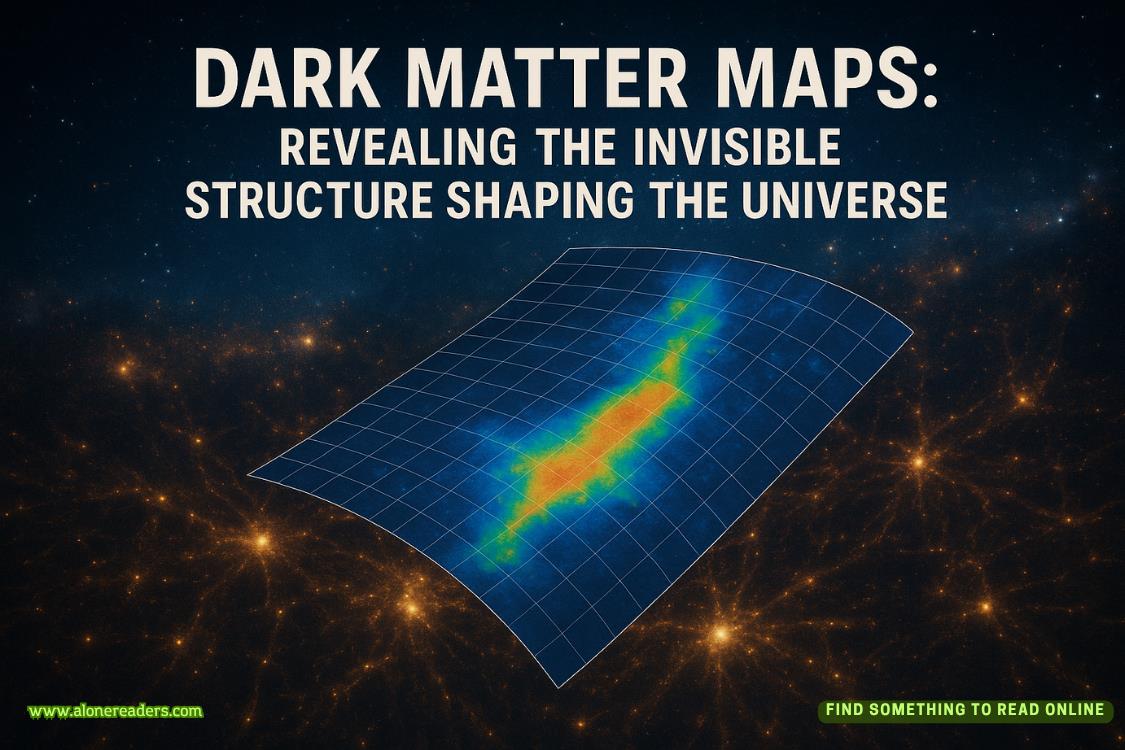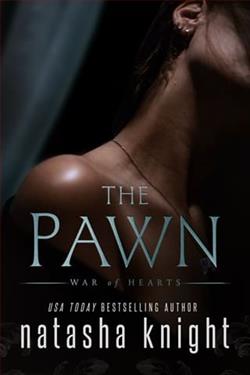Page 124 of We Are All Guilty Here
“There have been fewer than two dozen cases of double child abductions in the United States since the nineteen-seventies. It’s incredibly rare. Statistically, we know from the profiles of thoseoffenders that they were more likely to have previous rapes, abductions and murders in their criminal backgrounds.”
Emmy heard the academic-like shift in Jude’s tone. “Madison and Cheyenne weren’t his first victims.”
“Their abductor knew what he was doing,” Jude said. “Taking them wasn’t a spur-of-the-moment decision. He groomed them. He knew their schedules. He knew how to get to Cheyenne. He knew how to get to Madison.”
“He knew how to get to Paisley.”
“Did you search for similar cases where a hammer was used to break the hands and feet?”
“I found two cases, but the victims weren’t children. One was a nineteen-year-old in Tillar, Arkansas. The other was a twenty-one-year-old in Hidalgo, Texas. The bones were broken, but not systematically, and we couldn’t find any proof that Adam had ever been out of state.”
“If it was Adam—if—and if he was traveling for the purposes of committing a crime, he would know to cover his tracks. Turn off his phone. Get rid of receipts. Only use cash.” Jude took her phone out of her purse. “I’ll reach out to my point person at the National Center for Missing and Exploited Children. Their database is more thorough than the FBI’s.”
“How is that possible?”
“The FBI relies on law enforcement to send them the data. Reporting is not mandatory, and compliance is spotty. The Center actively goes searching for the data themselves.”
Emmy could feel a bead of sweat roll down the back of her neck. “We should tell Seth Alexander. Paisley could be missing a personal item that was taken as a trophy.”
“No.” Jude looked up from her phone. “Let’s keep this between ourselves for now. Don’t even tell Cole.”
“My son can keep a secret.”
“I know, sweetheart, but sometimes just knowing a secret is harder than keeping it.” Jude glanced over her shoulder to make sure they were alone. “If we find the trophies, we find the killer.”
CHAPTER SEVENTEEN
Jude studied the findings from Madison Dalrymple’s autopsy report. Contusions, abrasions, blunt force trauma, petechia, shattered bones, dislocated jaw, broken hyoid. There were nearly one hundred pages of photographs with descriptions detailing the torture and abuse the fifteen-year-old child had suffered over the course of several hours before she was strangled to death.
Every bone in Madison’s hands and feet had been shattered with a blunt force instrument. Several blows had been brought down with such force that the almost perfect impression of the head of a sixteen-ounce general purpose claw hammer could be made out in stark relief. The destruction had occurred early on in the child’s abduction. The swelling was so pronounced at the time of her death that the skin had ruptured.
The fact that Madison had been kept alive for at least twelve hours gave Jude pause. The predator had access to a location that was safe enough, secure enough, that a screaming child would not be heard. Considering the more rural nature of Clifton County, that information did nothing to help narrow down a location. In fact, nothing that Jude had found so far had narrowed down anything.
In predatory kidnappings, the abductor generally has one driving purpose: to sexually abuse a child. Once the act is complete, they begin to develop a permission structure in order to justify what they knew would happen all along: murdering the child. Jude had heard so many predators relay their excuses so many times—
I didn’t want to hurt her, but she could identify me.
I couldn’t let one mistake ruin my life.
I was scared my mother would find out.
This isn’t who I am; I’m a good man.
Once the murder occurs, the only thing left is figuring out where to dispose of the body. Water is the far superior choice since trace evidence will be washed away, though the fact that Cheyenne and Madison’s killer had chosen Millie’s pond was completely illogical. Jude and Henry had spent almost every summer swimming in the cool waters. It was a gorgeous spot for sunbathing, but the pond was completely exposed in the middle of Millie’s seventy-acre backyard.
Jude slowly paged back through the colored photographs. During the course of her career, there had been so many similar photos, so many shocking descriptions, but Jude had never found that magic off switch that anesthetized her to the cruelties that could be inflicted on children.
She took off her reading glasses to give her eyes a rest. She’d already reviewed Cheyenne’s comparatively sparse autopsy report. The girl had been shot in the forehead with a .22 rimfire pistol. Death had been immediate. There had been no signs of sexual abuse, though the multiple contusions and edemas on her body indicated that the predator had violently beaten her with his fists before she’d died. To Jude’s thinking, the most remarkable finding between the two autopsies was the fact that the killer had not broken Cheyenne’s hands and feet the way he had with Madison.
She picked up her pen and wrote a note on her legal pad to follow up on the nineteen-year-old murder victim in Arkansas and the twenty-one-year-old victim in Texas who’d both had their hands and feet broken with a hammer. Jude wanted to see their autopsy reports. The use of a hammer in violent attacks wasn’t uncommon, but the location of the broken bones certainly was. She had a feeling that her contact at the National Center for Missing & Exploited Children would be able to find more cases.
Jude put down her pen. She looked at the whiteboard at the head of the conference table. No leads had been important enough to call out. The monitor showed a black screen with thebouncing Clifton County Sheriff’s Department seal. They’d been going at it for almost three hours.
Cole, Virgil and Emmy still had their heads down as they reviewed hundreds, possibly thousands, of data points. Only Cole was using a laptop. The rest of them had opened up the boxes from Virgil’s basement. The contents were sorted into stacks of printed photographs, statements, depositions, reports, trial transcripts, thumb drives with CCTV footage, and the various detritus that accompanied major cases.
Every item was Bates stamped with a corresponding number and code to indicate that the evidence had been logged. There were handwritten notations on every phone number that had been called, every lead that had been followed. Jude had come to recognize Emmy’s habit of using random capital letters that must’ve driven Myrna insane. Gerald hadn’t just taught her to be a good cop. He’d taught her the importance of keeping your paperwork in order.
Jude took a moment to study Emmy’s profile. Her head was bowed over the trial transcripts fromThe State of Georgia v. Adam Johnathan Huntsinger. Her uniform was crisp, her hair neatly pinned on top of her head, but the haunted look from the funeral home hadn’t left her eyes. It wasn’t exhaustion but anxiety that seemed to be eating her from the inside out. Jude knew what it was like to read through old cases, the memories that could resurface along with the brutal details. There was a sort of dreaded relief when you located a body. You’d achieved a goal, your soul-crushing quest was finally over, but at a horrible expense.















